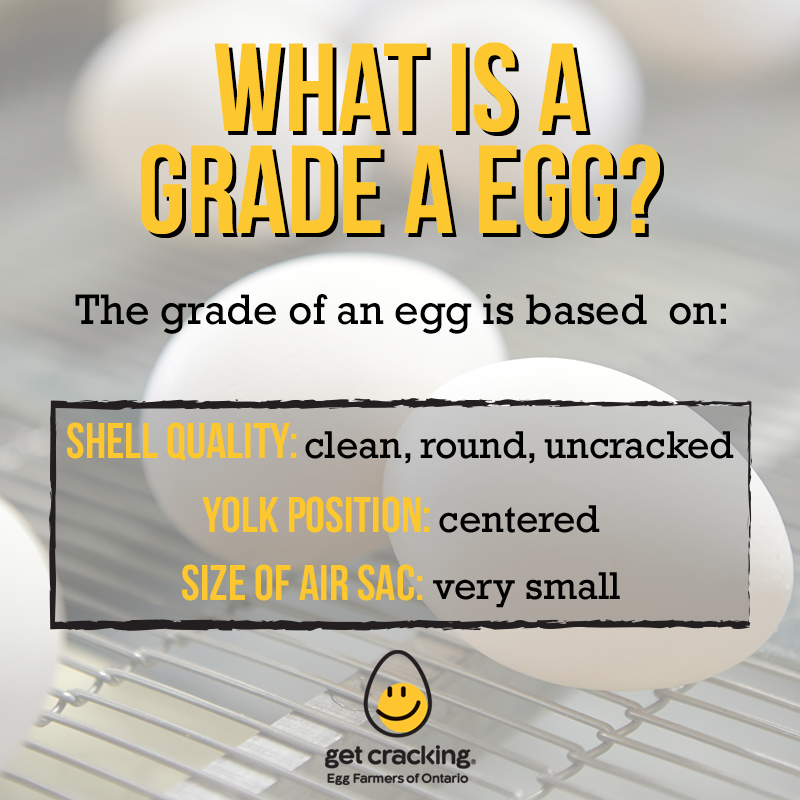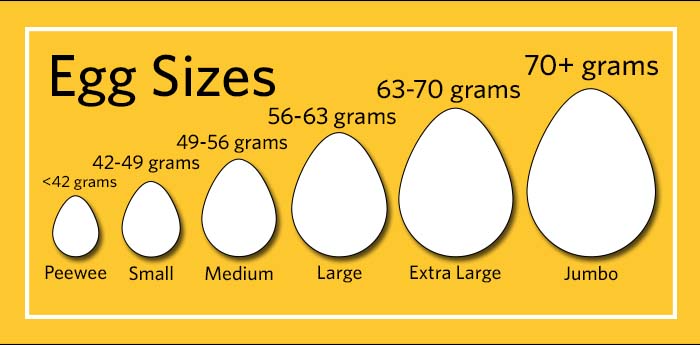Eggs 101: Back to the basics
Eggs are a staple food in many households across Canada, but do you really know what the writing on the carton means?
We’re going to take it back to basics and explain some of the labels on an egg carton. These labels appear on all cartons that can be bought in grocery stores, but what do they all mean?
Grade A

A “Grade A” egg has been inspected and has met standards set out by the Canadian Food Inspection Agency. These eggs have a clean uncracked shell, a round and centred yolk, a firm white and a small air cell.
Size

Eggs are sized based on their weight. So two eggs that look about the same size can be considered two different sizes if their weight is different. Sizes are separated by 7 gram increments.
Keep Refrigerated
The way an egg is stored can have an impact on the freshness as well as the taste of the egg. When you bring your eggs home, keep them in the carton in the body of the fridge.
Keeping your egg refrigerated will keep the bacteria out, and the freshness in.
Eggs have a porous shell (meaning there are millions of holes in it) and some odours in your fridge may be absorbed by the egg, which can have an effect on the taste of your egg.
Keeping your eggs in the carton also means that you always have their “best before” available. So you know when to use them up!
Best before date
The "Best Before" will be stamped on the end of the carton. This date indicates the time the eggs will maintain their Grade A status for, provided they are properly stored. It is normally 28 to 35 days from the date of packing.
Eggs that have recently passed their best before date are still safe to eat but work better for baking, hard-cooking or scrambling, where the egg is being fully cooked, rather than poaching or frying.
White vs. Brown eggs


